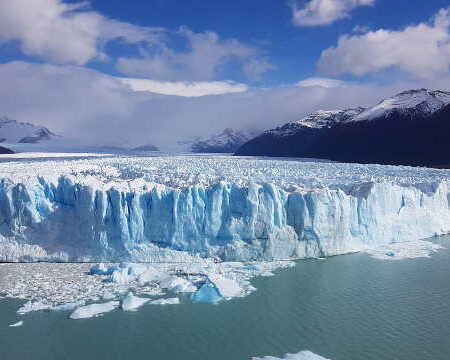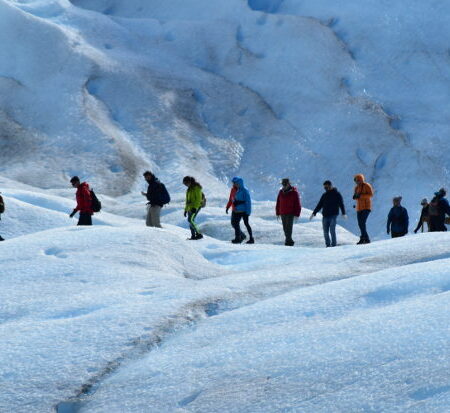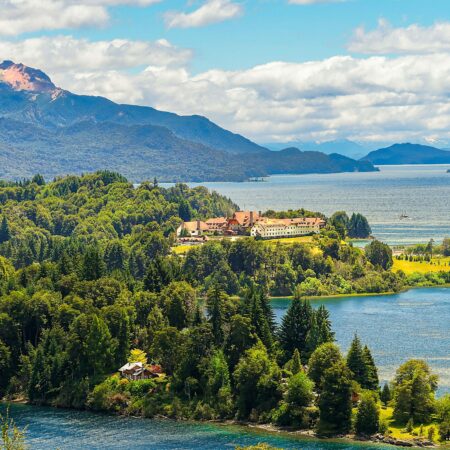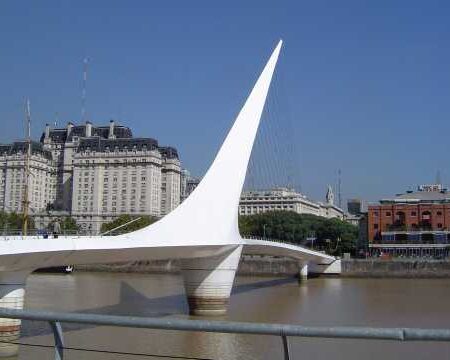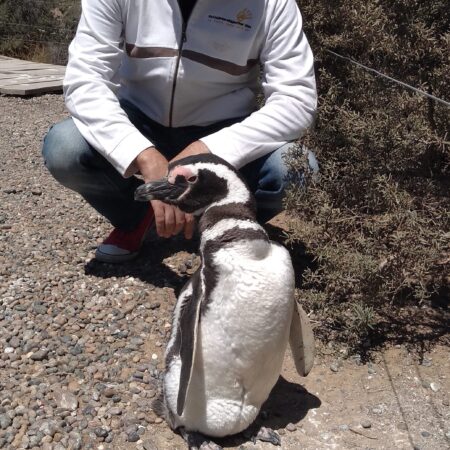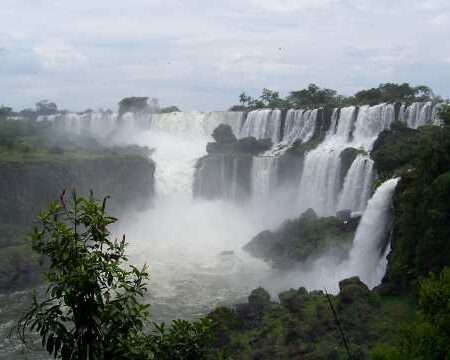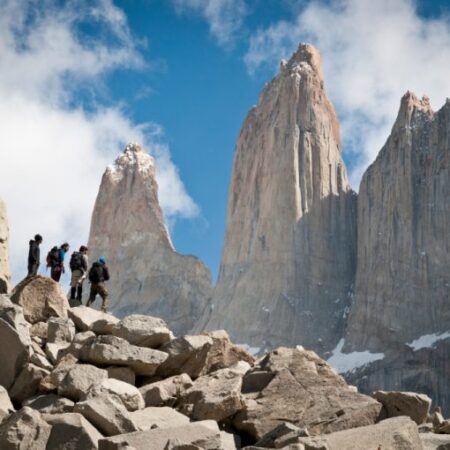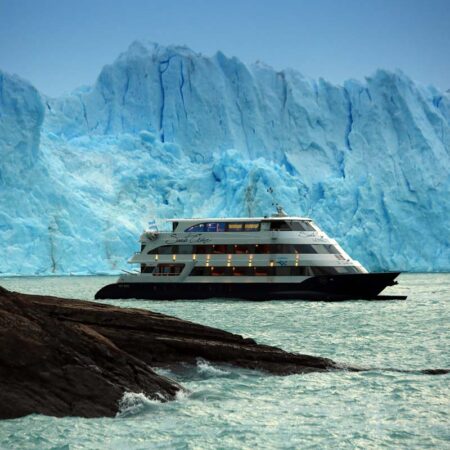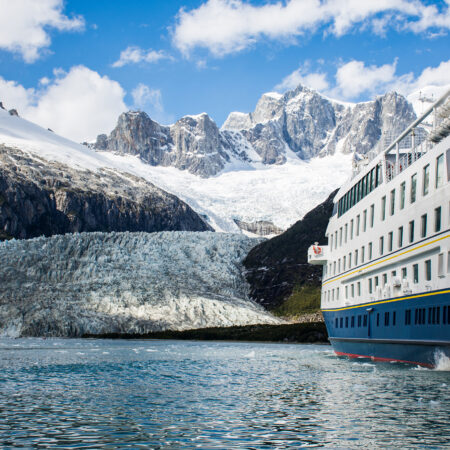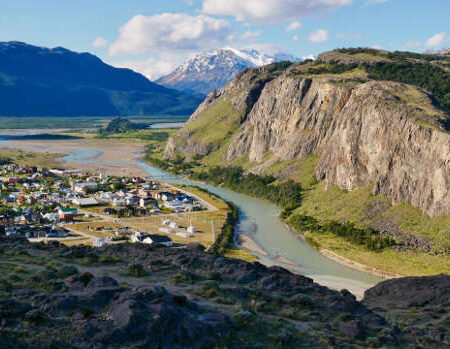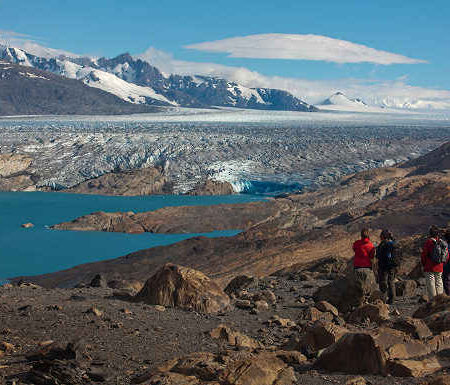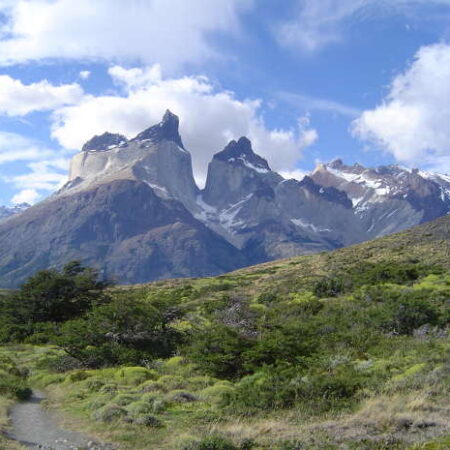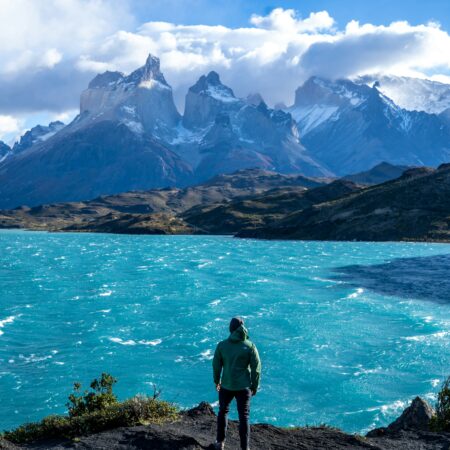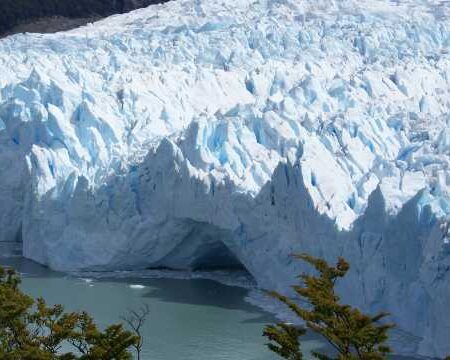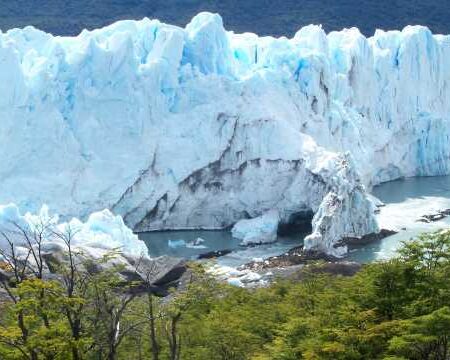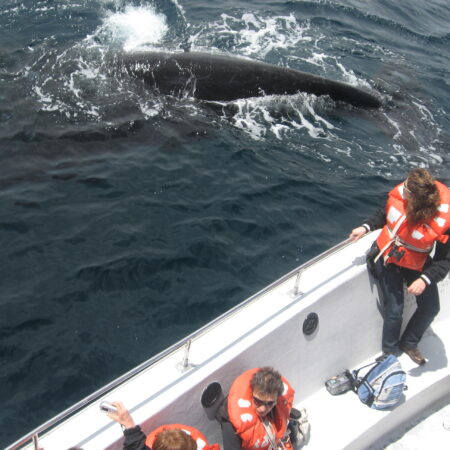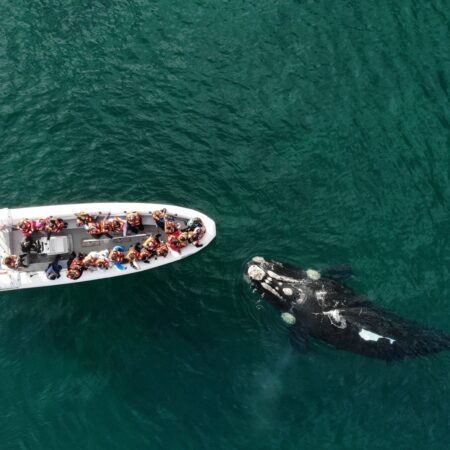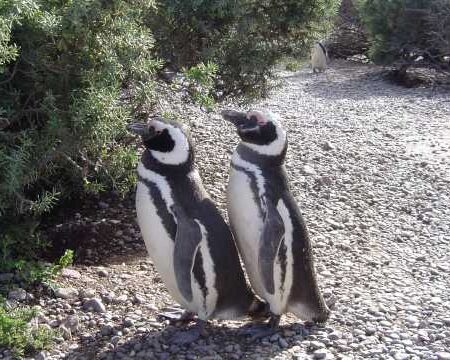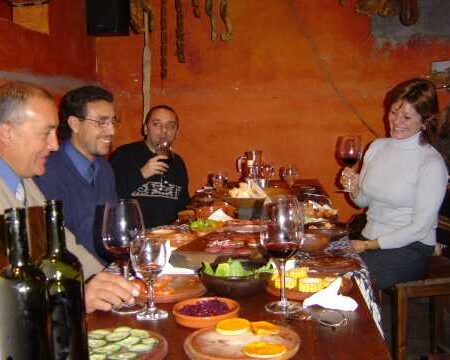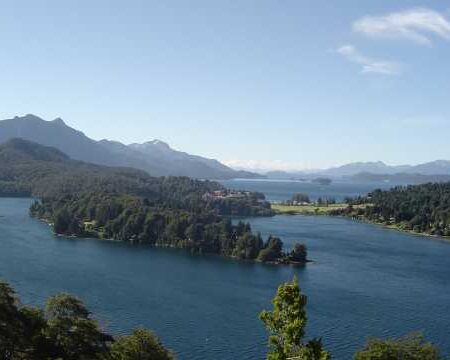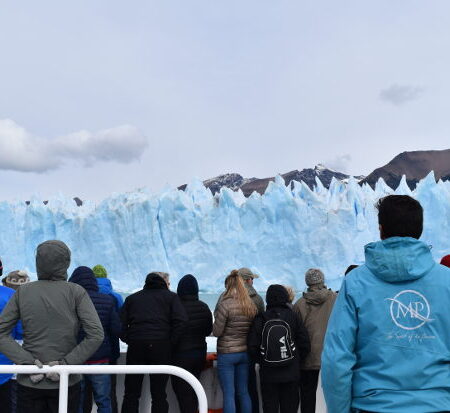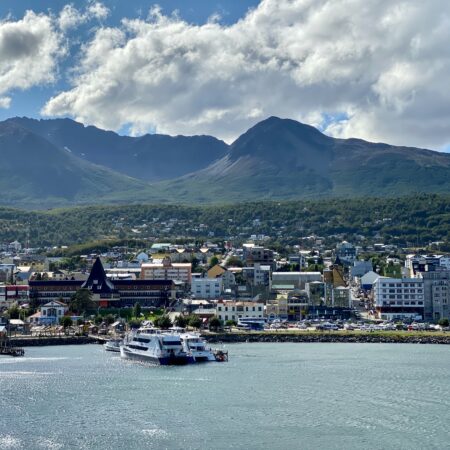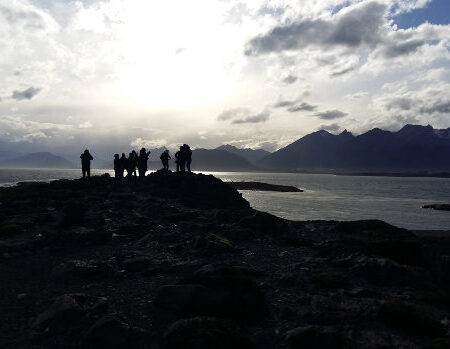Today the aboriginal ethnic group with the most descendants in Patagonia is the Mapuche. We present you a brief summary of the living conditions and current distribution.
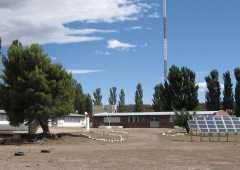
The Mapuche indigenous population is concentrated between the central zone and the pre-Andean range in the Provinces of Neuquén, Río Negro and Chubut.
Their standard of living is lower than the average in other Patagonian zones, since the ecological characteristics and limited resources convert it into a marginal area.
This is directly reflected in the basic social infrastructure for the welfare of the population. There are a few schools, lodges and hospitals; recreation possibilities are practically nonexistent. The general assistance is channeled through the municipalities, as the water supply and electricity, transportation and communications.
At present, there is an effort to revert this situation. Schools have been inaugurated and now 75% of all areas occupied by indigenous groups have primary schools with a free lunch service. On the other hand, there are special lodgings to house children from distant rural areas.
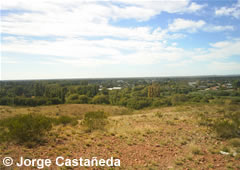
Teachers are involved in house visits to encourage school attendance or the stay at the lodges for the majority of the children, what would likely improve the illiteracy and drop-out rates.
It is estimated that 38% of adults are illiterate and almost 70% have not completed primary school.
The standard of living is low in the urban areas but drops in rural areas and even more in indigenous communities or reserves.
The access to these places is generally difficult in winter, and on some occasions they remain isolated for months, due to the lack of transportation and the use of the horse as the most common means of mobility.
The population is quite dispersed. The rural areas are distributed in a star pattern and communications take place with the urban centers and not among themselves, since trade and purchase of subsistence goods are done there.
They buy the goods from peddlers, since some communities do not have stores.
There is no cultural, social or recreational equipment and job opportunities are nonexistent.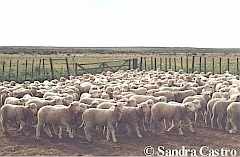
The only economic activity is the sheep and goat raising, and vegetable gardens for familiar consumption when the natural water sources allow it, which is infrequent.
Most of the communities are scattered and access becomes difficult; however, the Quila Quina community in the Province of Neuquén, can be visited.
